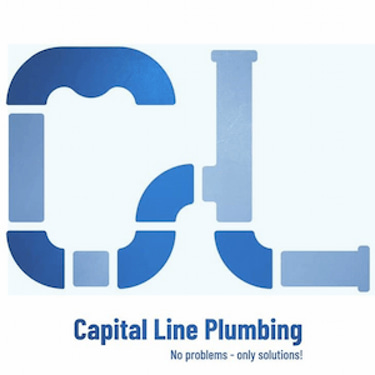Bathroom Pre Design Process
Bathroom Design


Pre design Process
what should you do before designing a bathroom
Before designing a bathroom, it's important to consider several factors to ensure a functional and aesthetically pleasing space. Here are some key steps you should take before starting the design process:
Define your goals and requirements: Determine your specific needs and preferences for the bathroom. Consider the number of people who will be using it, whether it's a master bathroom or a guest bathroom, and any specific features or fixtures you would like to include.
Set a budget: Determine how much you are willing to spend on the bathroom design and renovation. This will help guide your decisions and prioritize the design elements within your budget.
Measure the space: Take accurate measurements of the bathroom, including the dimensions of the walls, windows, doors, and any existing fixtures. This will provide a basis for creating a layout that maximizes the available space.
Consider plumbing and electrical requirements: Understand the existing plumbing and electrical systems in your home and how they will impact the bathroom design. Determine if any modifications or upgrades are necessary, such as relocating pipes or adding electrical outlets.
Research and gather inspiration: Look for inspiration and ideas by browsing design magazines, websites, and social media platforms. Create a mood board or collect images that reflect your desired style, color scheme, and overall aesthetic for the bathroom.
Plan the layout: Consider the placement of essential fixtures, such as the toilet, sink, bathtub/shower, and storage units. Think about the flow and accessibility within the space, making sure there is enough clearance and maneuvering room.
Consider storage solutions: Determine your storage needs and explore options for cabinetry, shelves, or built-in storage. Adequate storage is essential to keep the bathroom organized and clutter-free.
Choose materials and finishes: Select the materials, finishes, and colors that will be used in the bathroom. Consider factors such as durability, ease of maintenance, and how well they align with your desired style.
Lighting design: Plan the lighting scheme for the bathroom, considering both natural and artificial lighting. Incorporate different types of lighting, such as ambient, task, and accent lighting, to create a well-lit and visually appealing space.
Seek professional advice if needed: If you are unsure about any aspect of the design or if you have specific technical requirements, consider consulting with an architect, interior designer, or bathroom specialist to ensure your design meets your needs and is feasible within your space and budget.
By following these steps, you will be well-prepared to begin the bathroom design process and create a functional and beautiful space that meets your requirement.
